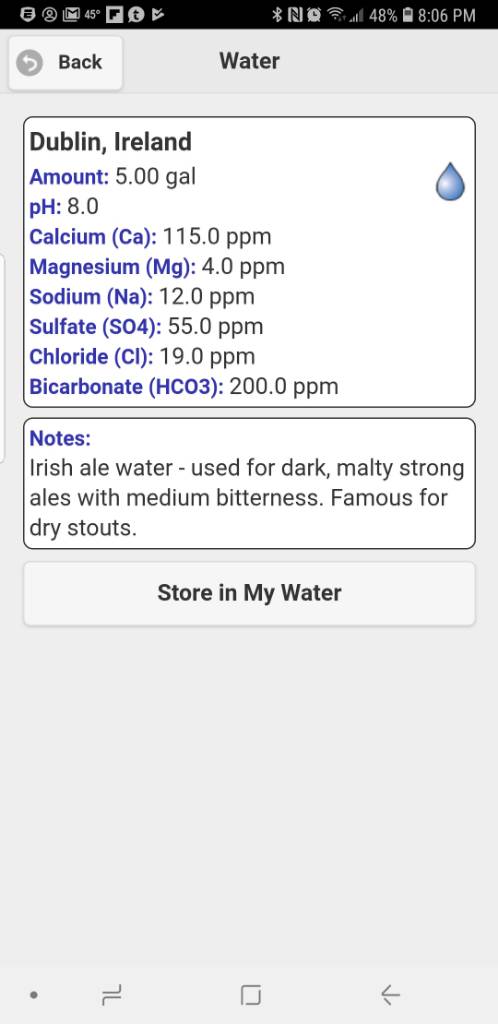beerlover77
Well-Known Member
Had only one American Pale ale I made taste grassy and it was from Old Cascade hops
Centennial is a great hop but try mixing it with: Citra, Mosaic, Galaxy, El Dorodo, or other fruity/citrussy hops. I suggest moving most the hops to late in the boil/flameout and add more dry hops
Here is an example of my fav recipe (tastes like juice):
1oz @40min columbus
1oz@10min citra/mosaic
2.5oz@5min citra/mosaic
2.5oz@0min citra/mosaic
3oz dry hop citra/mosaic
You may need to adjust that if whirlpooling (I chill fast)
You could also try a Kveik yeast as they impart tropical flavors
IPA's go grassy when they are old and the hop flavors fade
Centennial is a great hop but try mixing it with: Citra, Mosaic, Galaxy, El Dorodo, or other fruity/citrussy hops. I suggest moving most the hops to late in the boil/flameout and add more dry hops
Here is an example of my fav recipe (tastes like juice):
1oz @40min columbus
1oz@10min citra/mosaic
2.5oz@5min citra/mosaic
2.5oz@0min citra/mosaic
3oz dry hop citra/mosaic
You may need to adjust that if whirlpooling (I chill fast)
You could also try a Kveik yeast as they impart tropical flavors
IPA's go grassy when they are old and the hop flavors fade





